Seltzer, Sparkling Water, Club Soda. What’s the Diff?
Have you ever wondered what the difference is between seltzer, sparkling water and club soda? Is there even a difference? And, what about the health aspects? And did you ever hear the rumor that carbonated water eats your bones?
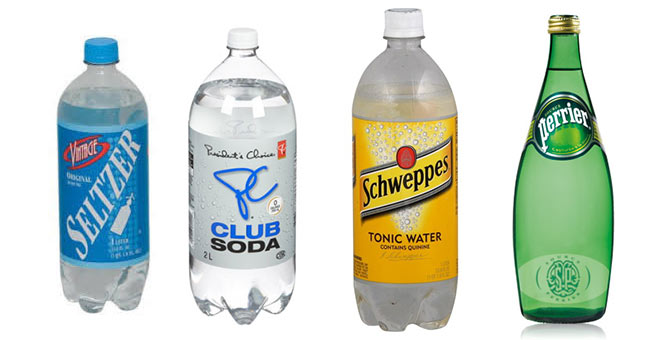
These were questions that turned up while some of us were enjoying sparkling water at a neighborhood party the other night. No one really knew the answers to any of these questions, so I thought, “What the heck, I’ll research this and solve the mystery in case our Cook’n readers care.” Here’s what I found on the very informative site, Food Republic (www.foodrepublic.com):
First, seltzer. It’s been around a long time, and it’s actually a very cool drink. And, no surprise here, it’s a much smarter drink choice than sugary sodas.
Seltzer originated in Germany in the small town of Selters (known for its natural springs in the Niederselters district). This area became famous for its water after doctor Jakob Theodorus Tabernaemontanus touted its healing properties in 1581.
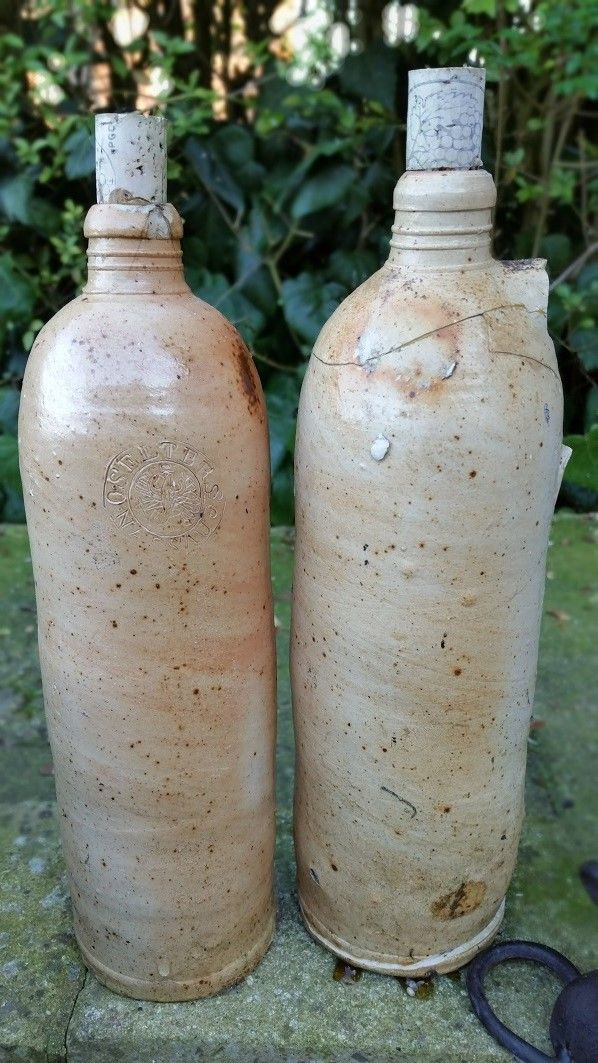
Two centuries later, the town was shipping pots of the stuff around the world, all labeled Selters Water. This glorified water became a symbol of health. And, wealth, too, considering that only the rich could afford imported water at that time.
But here’s the gist: Seltzer by any other name is still mostly seltzer. Seltzer, soda water, club soda, sparkling water, and fizzy water are basically all the same thing — carbonated water. The only real difference is where the water is sourced, which can affect the taste.
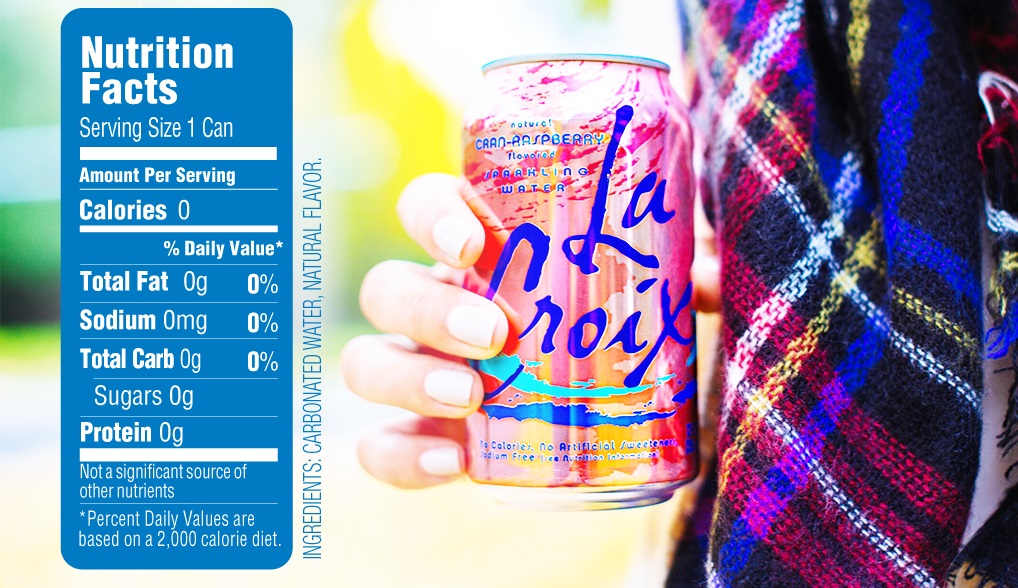
Club soda, next. The basic difference between seltzer and most club sodas, then? Club sodas tend to have added salt and minerals. (People with heart problems are advised to avoid the stuff.) Sparkling water (shown in the photo) usually does not (although even as I write this, that fact can change, so be sure to always ready your label).
So back to seltzer. It’s plain and simple: water with bubbles. No salt added.
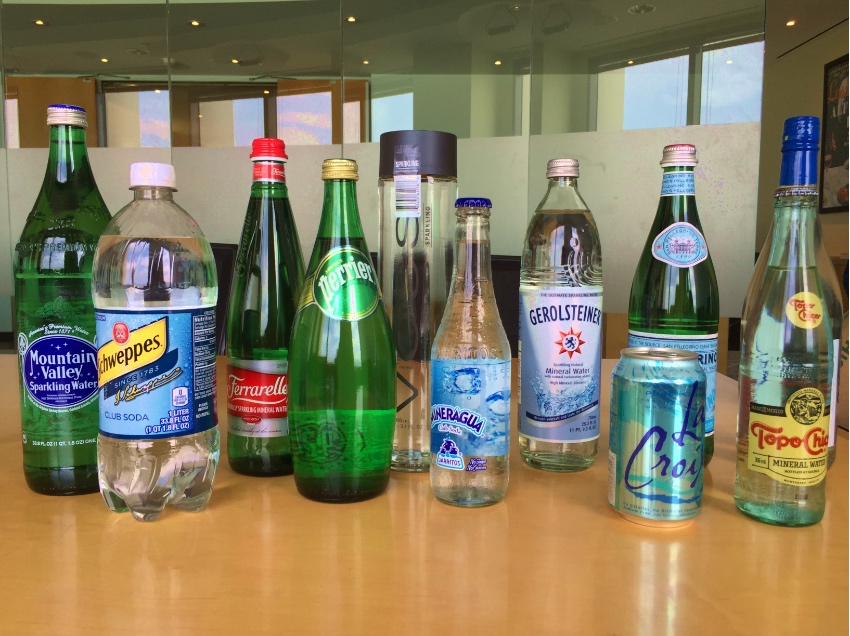
However, not all seltzers are created equal. A quick Internet search reveals heated debates about the best bottles you can buy, be they Vintage, Gerolsteiner, Seagram's, Crystal Geyser or one of the other numerous brands on the market.
You also have the artisan seltzer movement, which is a whole other ballgame and includes pricier bottles from San Pellegrino in Italy, Antipodes in New Zealand and Q in Brooklyn.
Whether you opt for plain or fancy-dancy seltzer, one thing matters across the board—bubble size. But how the heck do you determine bubble size? It’s a science. It turns out that the cleaner the water, the less material carbon dioxide has to hold on to. Hence, if you take out all the minerals, it's hard to have fizz.
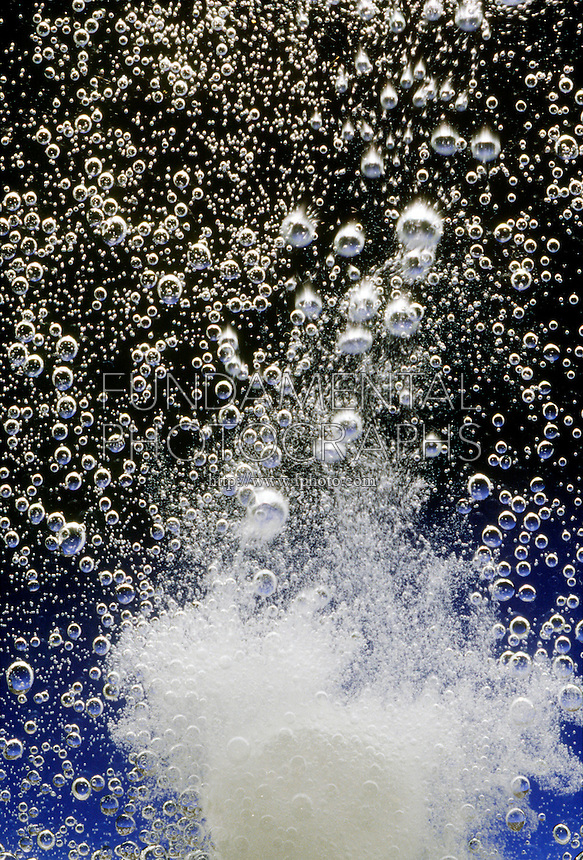
Also, water temperature is key. The colder it is, the more bubbles you get.
And there is even data around the quality of the bubbles. A keg system reaches a higher pressure than Soda Streams and turns out a much colder product with oodles of tiny bubbles (enter Do Ho here).
But wait, there’s even more to know about seltzer. Like how you use it, for instance. Its main purpose is to add sparkle and mouth-feel to alcoholic drinks without adding more alcohol or changing the drink’s flavor. But adding seltzer bubbles to a concentrated punch is also a good way to add some zip.
Now some seltzer health info: When traveling abroad, bottled seltzer is recommended. The New York Times travelers’ guide even recommends brushing your teeth with it because the carbonation increases acid levels and kills bacteria.
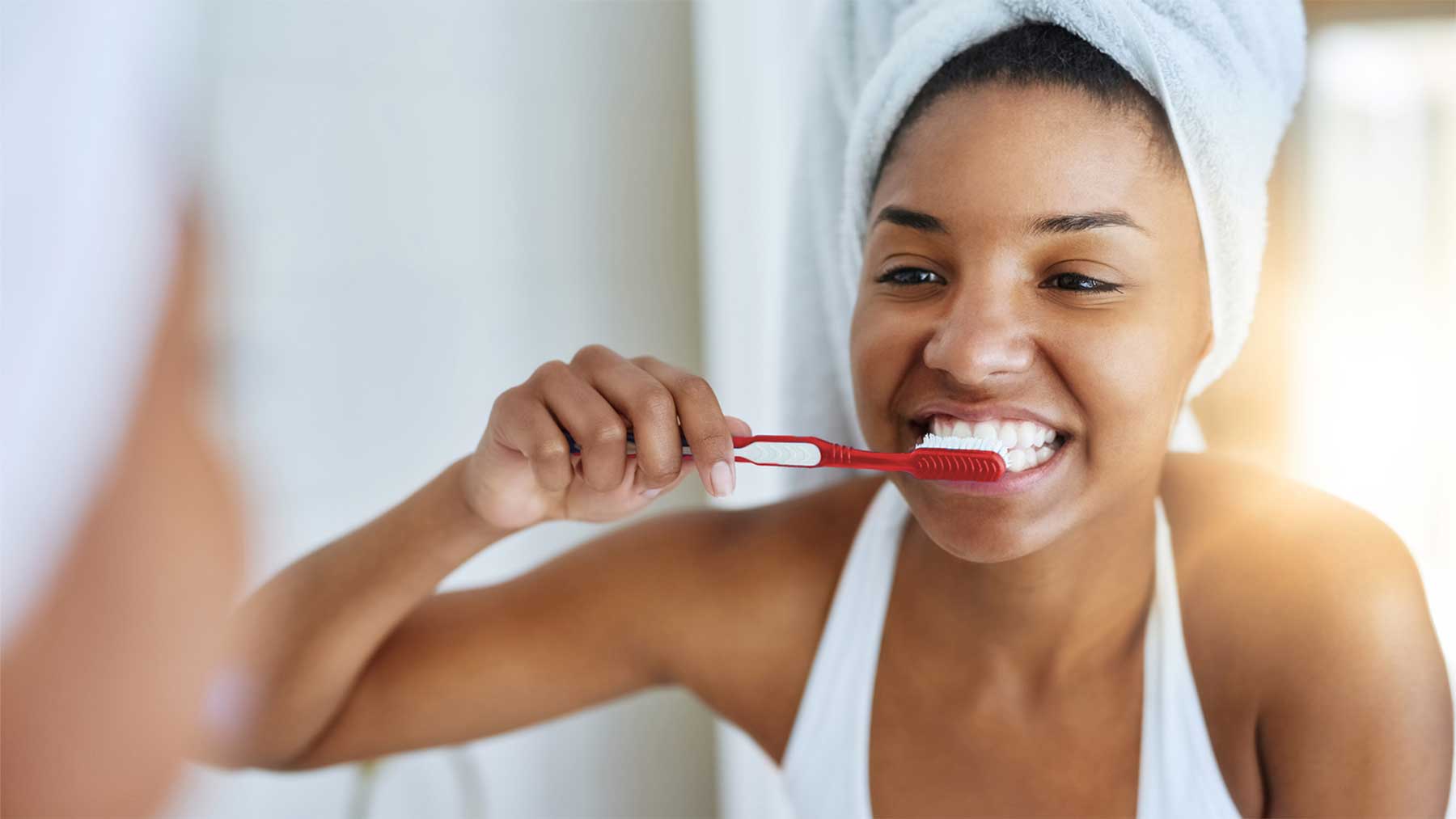
And how about that rumor saying seltzer is bad for your bones? That it leaches calcium from your bones, thus weakening them? Nope, that’s not the case. The only real health problem researchers have found with seltzer involves carbon dioxide and people with irritable bowl syndrome, or IBS. The release of carbon dioxide triggers stomach aches, bloating and gas for people with sensitive digestive tracts.
Finally, it’s great for cooking. Try it when making tempura batter. It adds a light coating, which helps make the batter light and fluffy. Or use it when making almond or other nut milk. Seltzer helps break down the almonds when they’re pureeing.
When cooking with it, the trick is to keep the water very cold. That way, very little of the carbon dioxide escapes. Tiny bubbles of air then form in batters and dough. Heat causes these to expand, giving fried or baked goods a buoyant texture. You can pretty much substitute seltzer for water, alcohol or beer in most recipes.
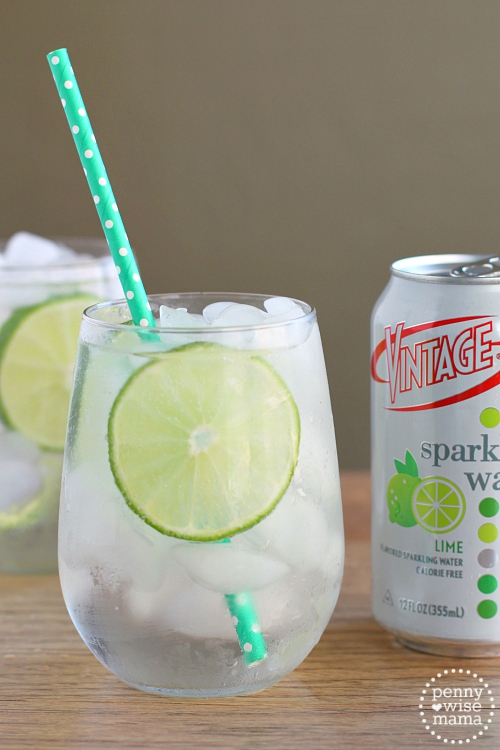
And I’ll close with my own tip for seltzer or sparkling water (I avoid club soda because of the salt content): When you simply want a refreshing drink, squeeze some fresh lemon or lime juice into it. Yum!
- www.durablehealth.com
- www.pinerest.com
- www.lacroixwater.com
- www.lamag.com
- www.fphoto.photoshelter.com
- www.hrs.osu.edu
- www.thepennywisemama.com
 Alice Osborne
Alice Osborne
Weekly Newsletter Contributor since 2006
Email the author! alice@dvo.com
